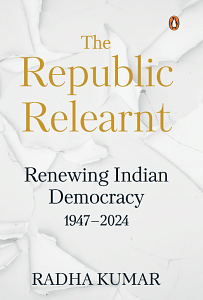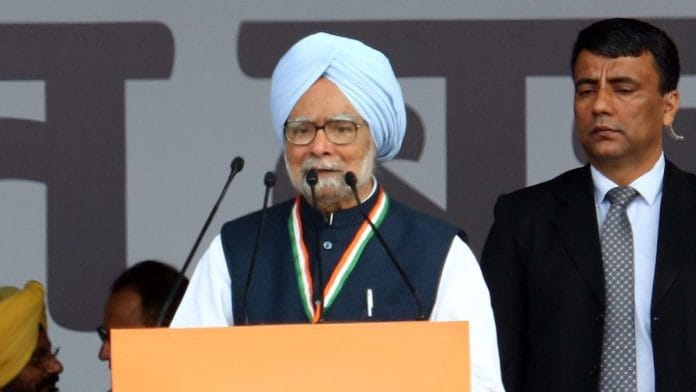Manmohan Singh was, arguably, the best Indian prime minister since Nehru and Shastri. Yet Singh’s two terms revealed deep flaws that may have been structurally or socially inherent but came to the fore as political representation expanded to include new social and political groups. The decay of the administrative services combined with growing bias, especially in the police, became acutely evident when aspirations unleashed by a decade of economic growth and political liberalism outpaced capacity to deliver, and were further embittered by increasing inequality and inadequate safety nets. Politically, a rising BJP was able to mobilize new tactics of division on both the street and in the legislature.
It might seem paradoxical that the BJP’s political Hindutva began to come into its own during the country’s third and most comprehensive wave of democracy renewal. Historically, however, ethnic chauvinism has often risen in moments of democratic transition or renewal, as happened in the former Yugoslavia, Hungary and Poland from the 1990s on, and in the United States during and post the Obama administration. The anxieties of change led people to revert to more familiar collective identities, especially those that excluded others, as a means of limiting its impact.
This chapter is somewhat provocatively titled ‘India’s Weimar Moment’ for two reasons. On the face of it, there are few similarities between post-World War I Germany and India in the first decade of the twenty-first century. India was not in an immediate post-war condition. It did not have a war-torn economy, nor was there external economic pressure on the Singh administration of the kind that war reparations and the 1929 Great Depression placed on Germany. The Singh administration appeared stable in comparison to the Weimar republicans. It oversaw growth and poverty reduction and was re-elected for a second term. By contrast, Germany had fourteen coalition administrations between 1920 and 1932.
But there were significant similarities. While Singh’s second term did not see the disastrous economic crises of the Weimar republic’s final five years, it presided over a fall in growth and a rise in inequality. Singh’s efforts to give substance to Indian federalism left his administration vulnerable to inimical state administrations, while Weimar’s federal constitution yielded provincial revolts against republican administrations. Both the German republicans and the
Indian democrats formed administrations of unwieldy and difficult to manage coalitions, and both faced a raucous opposition in Parliament, which ensured that public faith in the legislature plummeted (a process that was enabled in India by the decision to televise parliamentary proceedings). Though the UPA coalition did not entail partnering with militarists or ethnic chauvinists as the Weimar republicans did, its army and civil services included both. During Vajpayee’s single term, innumerable BJP-leaning officers were placed in senior government positions. Two key figures in the second Singh term, the army chief of staff and the union home secretary, joined the BJP as soon as their tenures ended.
Despite the considerable achievements of both in their early terms, neither the German republicans nor the Singh administration were able to develop a narrative to counter their populist and/or xenophobic opponents. Both fell under a cloud of scandal that obfuscated the very real ethical differences between them and their opponents in the minds of their publics. Inadvertently, both left their countries unprotected against the tide of chauvinism that had started to rise years before either came to power. While the results for Germany are known, in India they are still unfolding.
 This excerpt from ‘The Republic Relearnt: Renewing Indian Democracy 1947-2024’ by Radha Kumar has been published with permission from Penguin Random House India.
This excerpt from ‘The Republic Relearnt: Renewing Indian Democracy 1947-2024’ by Radha Kumar has been published with permission from Penguin Random House India.






